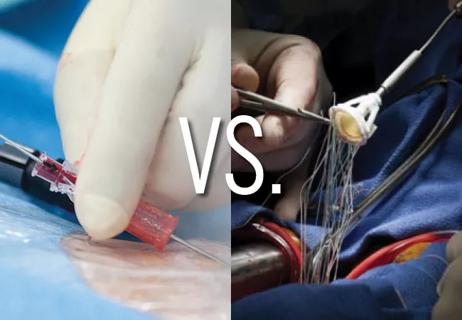Advertisement

Cleveland Clinic series supports its feasibility, especially with HeartMate 3

Questions remain following late mortality signal from a retrospective cohort study

Cleveland Clinic study finds that durable weight loss is key to health benefits

TAVR explant demands multidisciplinary expertise
Advertisement
Cleveland Clinic is a non-profit academic medical center. Advertising on our site helps support our mission. We do not endorse non-Cleveland Clinic products or services. Policy

How two of our surgeons are working for care equity, greater representation in research and practice

Judicious application yields a 99.7% repair rate and 0.04% mortality

Studies reveal increased cardiac events, enhanced platelet reactivity and thrombotic potential

Study examines data and clinical implications for performing Ross procedures in infancy versus later in life

Large single-center series demonstrates safety and efficacy for extending procedure

Eminent clinician-researcher brings special expertise in nutritional interventions for heart failure
Advertisement
Advertisement